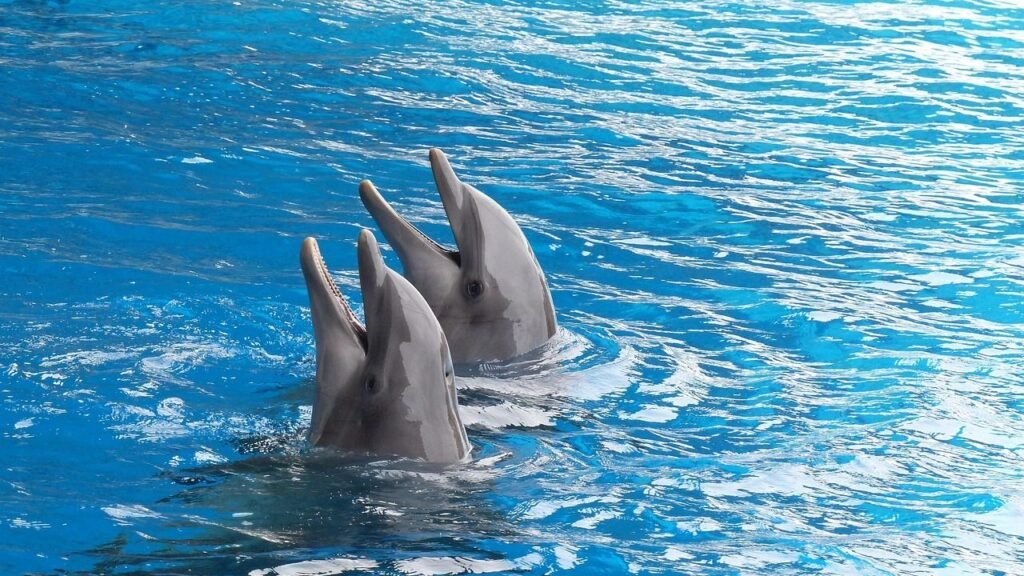The waters of America’s estuaries hide one of nature’s most extraordinary secrets. Imagine discovering that the playful marine mammals splashing just beyond your dock aren’t simply making noise, but actually conversing in complex languages that differ from region to region. Scientists studying dolphin communication have uncovered something remarkable: these intelligent creatures have developed unique “dialects” that vary by location, creating underwater linguistic communities as distinct as human cultures.
Just like humans have regional accents, dolphin pods in different parts of Florida appear to develop their own vocal styles! Dolphins in the Keys sound noticeably different from their Gulf Coast cousins. The implications are staggering. Not only do these mammals communicate with purpose, but they pass down their vocal traditions through generations, creating living libraries of underwater speech that scientists are only beginning to decode.
Sarasota Bay, Florida: The World’s Dolphin Language Laboratory
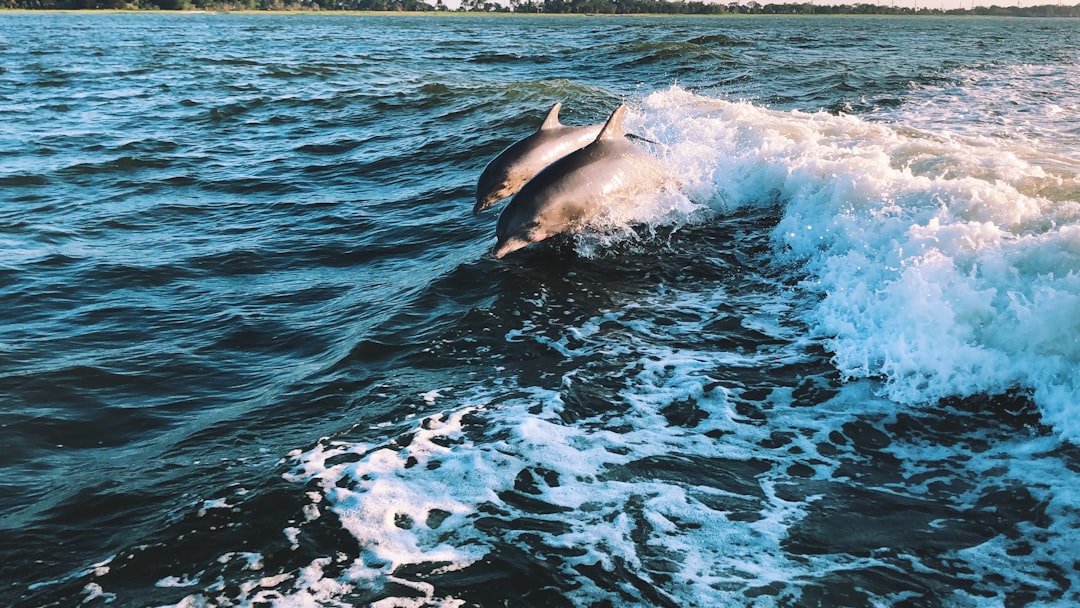
The Sarasota Dolphin Research Program is the longest-running observational study of wild marine mammals in the world. Scientists have been collecting observational and photographic data from bottlenose dolphins in Sarasota Bay, Florida, continually for more than 50 years. This remarkable estuary has become ground zero for understanding dolphin dialects.
Florida’s Sarasota Bay has become a living laboratory for dolphin language studies. Researchers deploy underwater microphones called hydrophones to capture the full range of sounds. Dolphins don’t just make random noises – they produce consistent patterns that change based on activities, companions, and even time of day, suggesting purposeful communication. The crystal-clear waters here provide perfect conditions for observing both vocal and physical behaviors simultaneously, giving researchers unprecedented insight into how dolphins “speak” to each other.
Chesapeake Bay, Maryland and Virginia: Atlantic Coast Ambassadors
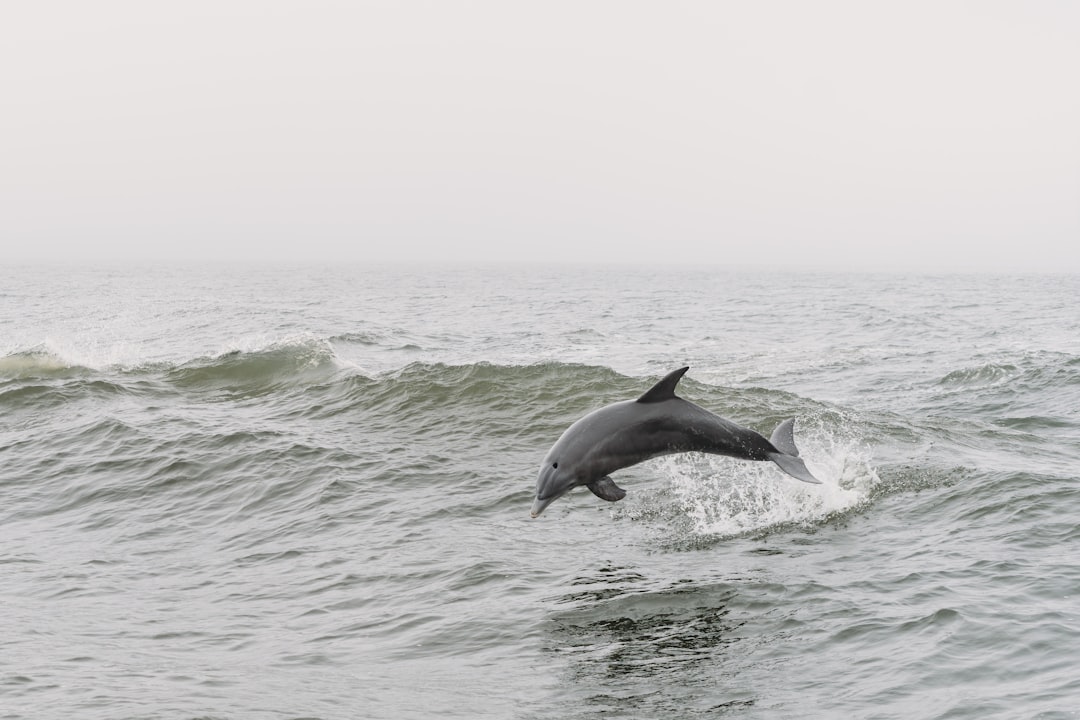
The Chesapeake Bay represents one of America’s most surprising dolphin territories. Bottlenose dolphins are migratory marine mammals that live in both open-ocean and coastal habitats. Although widely studied, little is known about their occurrence patterns in the highly urbanized estuary of the Chesapeake Bay. However, recent citizen science efforts have revealed thousands of dolphins visiting these waters annually.
Researchers are also using dolphin whistles, which they use to communicate socially. “Certain types of these whistles, called signature whistles, are like dolphin names. We can use these whistles, which they repeat often, to count the number” of dolphins in different areas. The work has confirmed that the Atlantic bottlenose dolphins that visit the Bay are traveling from as far south as North Carolina and as far north as Delaware and New Jersey. These traveling dolphins bring their own vocal traditions, creating a fascinating mix of dialects in Chesapeake waters.
Tampa Bay, Florida: Multi-Generational Vocal Communities
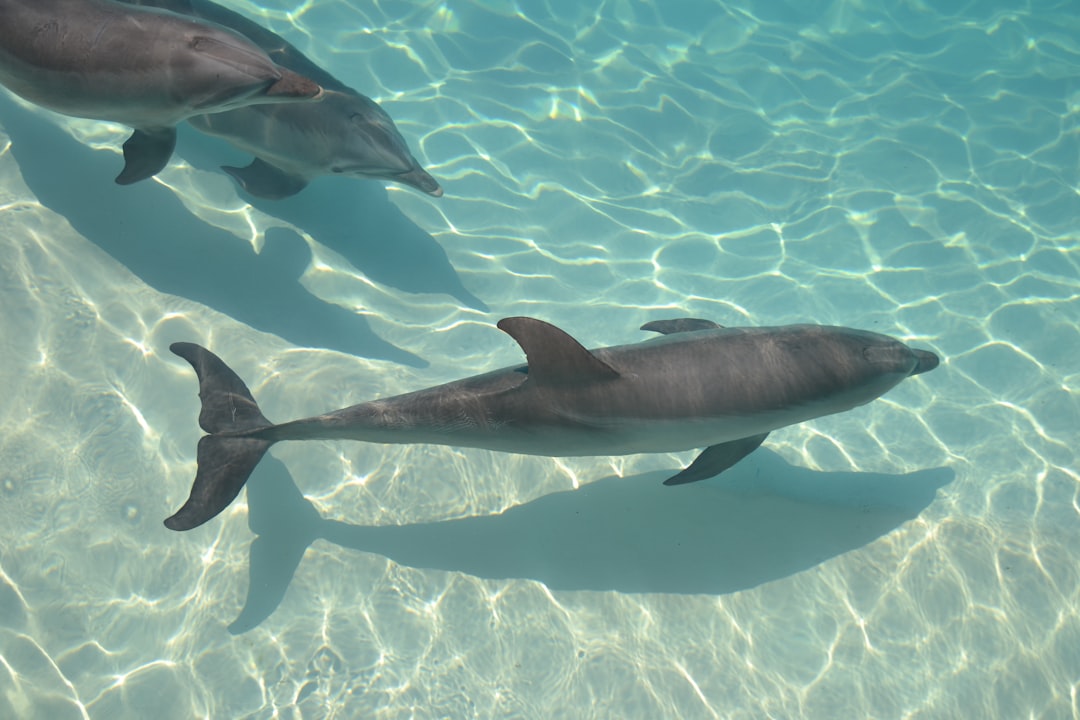
Tampa Bay’s dolphin populations offer researchers a unique window into how dialects develop over multiple generations. They spend their entire lives here, over multiple generations. We think that part of what makes these neighborhoods so important are those connections to their community members. These dolphins don’t just visit, they establish permanent vocal communities.
The ‘voices’ of Miami dolphins sound distinctly different from their Tampa relatives! Researchers analyzing thousands of recordings found consistent variations between populations. These differences aren’t random – they persist across generations within the same areas. This suggests cultural transmission of vocal patterns, similar to how human children adopt the accents of their communities.
Florida Keys: Island Dialect Development
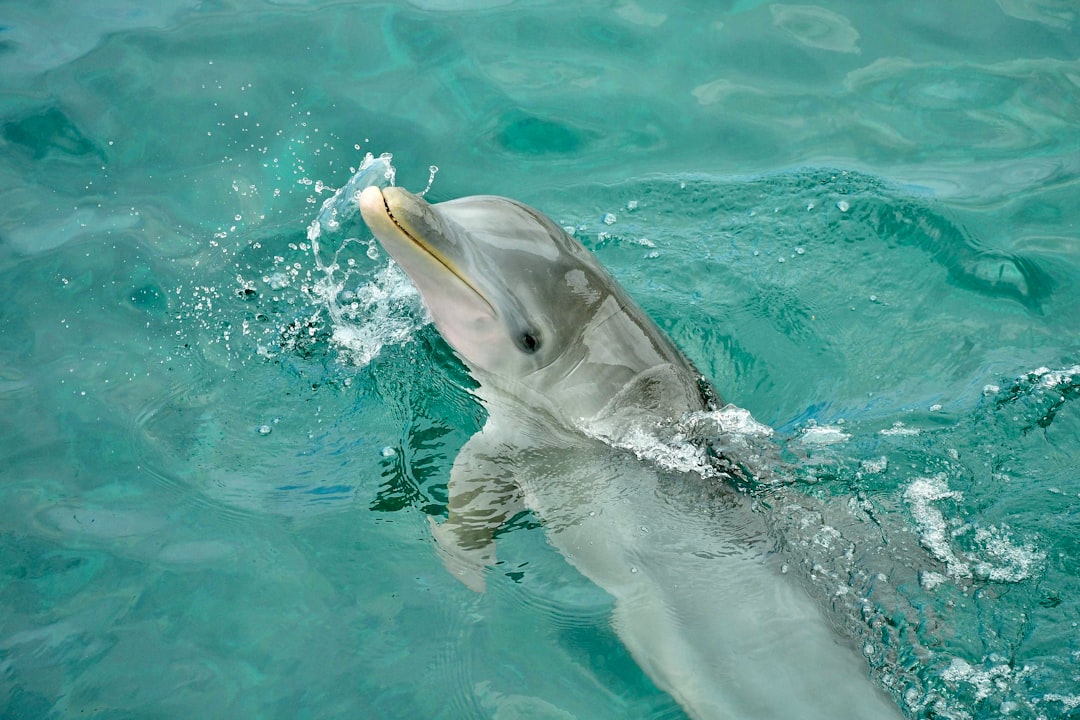
The isolated nature of the Florida Keys has created some of the most distinct dolphin dialects in American waters. Just like humans have regional accents, dolphin pods in different parts of Florida appear to develop their own vocal styles! Dolphins in the Keys sound noticeably different from their Gulf Coast cousins. These ‘dialects’ likely develop through social learning within groups and help strengthen pod identity.
The unique geography of the Keys, with its shallow waters and coral reefs, may have influenced how these dolphins communicate. Their vocalizations have adapted to travel effectively through these specific acoustic environments, creating a truly regional “accent” that distinguishes them from mainland Florida populations.
Delaware Bay: Northern Migration Patterns and Communication
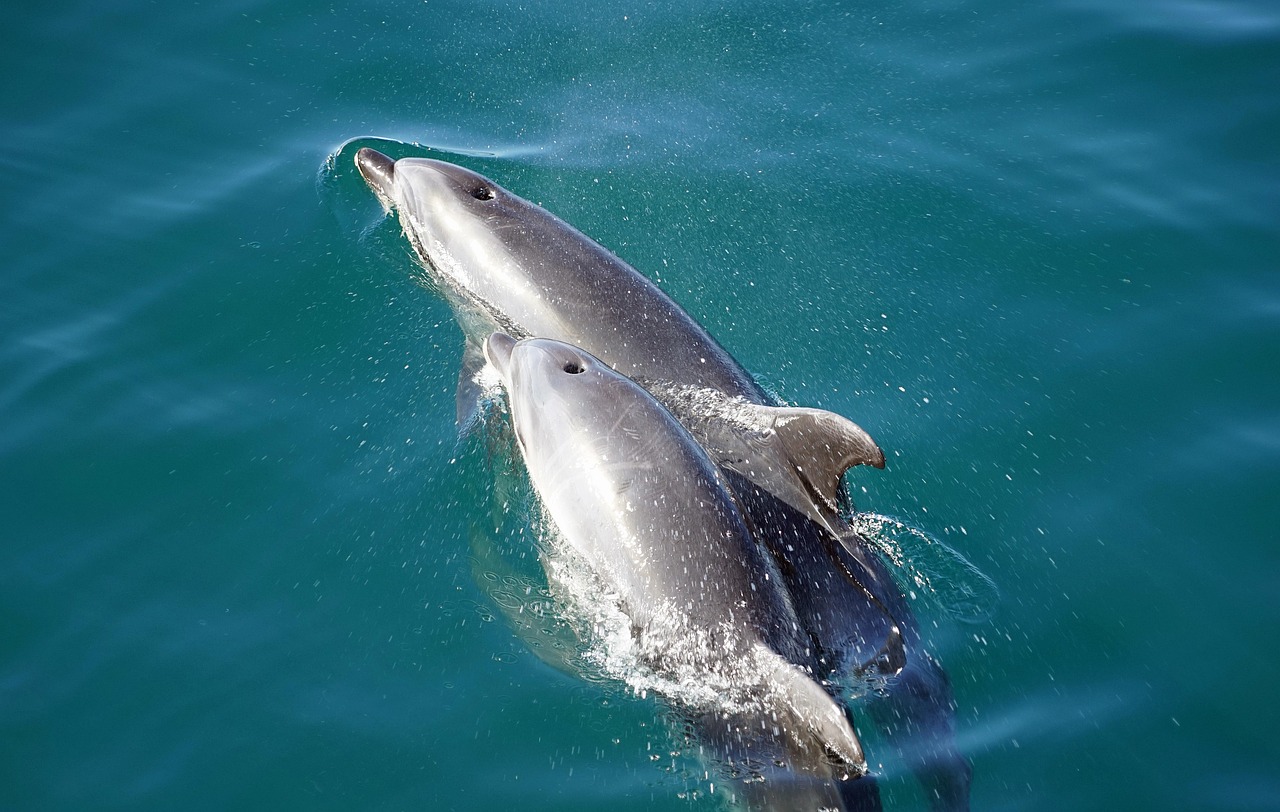
Delaware Bay serves as a crucial waystation for dolphins traveling along the Atlantic Coast, creating a unique mixing zone for different dialect groups. Atlantic bottlenose dolphins that visit the Bay are traveling from as far south as North Carolina and as far north as Delaware and New Jersey. This convergence creates fascinating opportunities to study how dolphins with different dialects interact.
The estuary’s position at the mouth of the Delaware River makes it an ideal location for observing seasonal communication patterns. Researchers have noted that dolphins here may actually adjust their communication style when meeting dolphins from other regions, much like bilingual humans switching languages to accommodate different conversation partners.
Gulf of Mexico Estuaries: Texas and Louisiana Wetlands
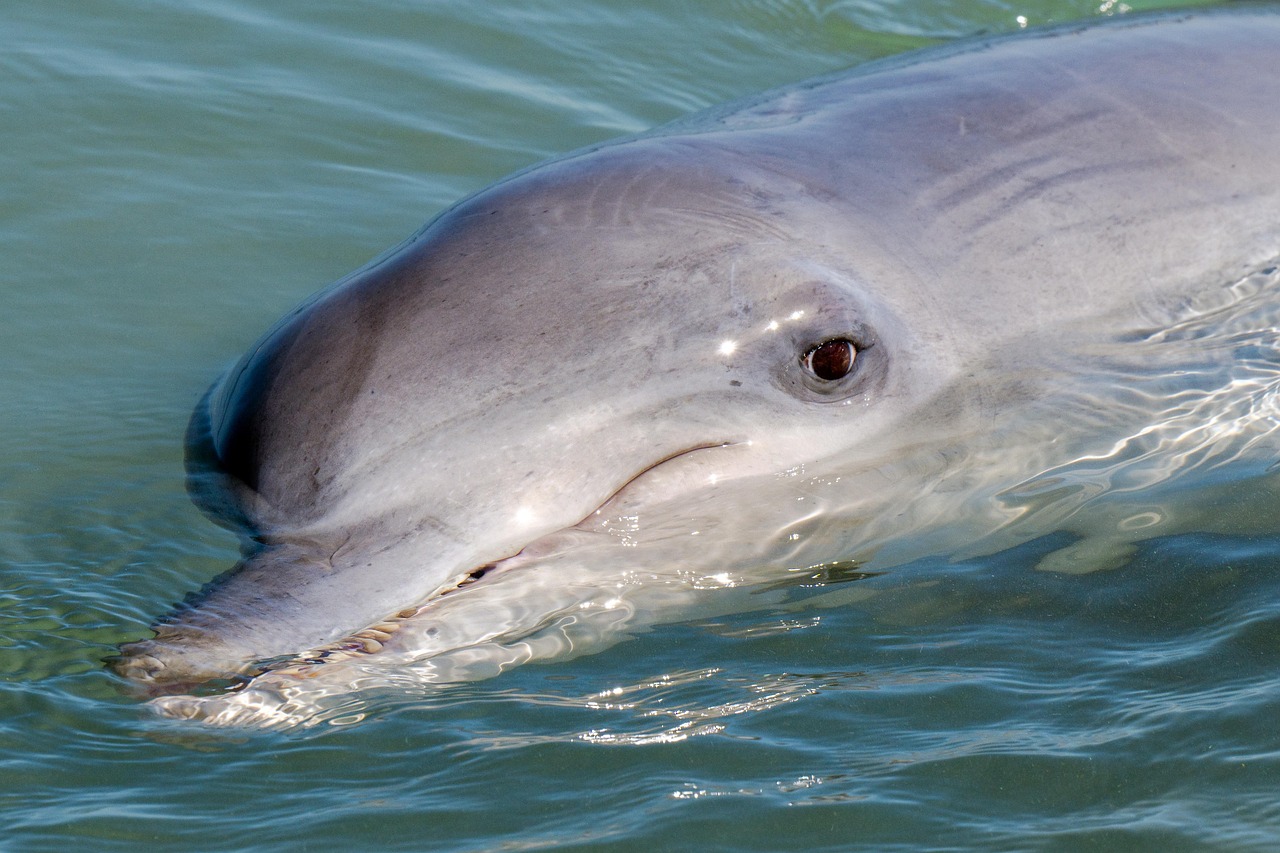
Within these waters, they can be found in both shallow and deep waters including shipping channels, bays, estuaries, and open water. Because they are often found inshore, the common bottlenose dolphin is at high risk of injury or death by human interactions. The Gulf Coast estuaries present unique challenges that have shaped dolphin communication patterns.
While bottlenose dolphins are the primary cetacean species in the Gulf, other marine mammals may occasionally be spotted. They get their name from the spotted pattern that appears along their body. These waters host multiple dolphin species, each contributing to the acoustic landscape with their own vocal signatures, creating one of the most complex underwater “linguistic” environments in North America.
Galveston Bay, Texas: Industrial Estuary Adaptations
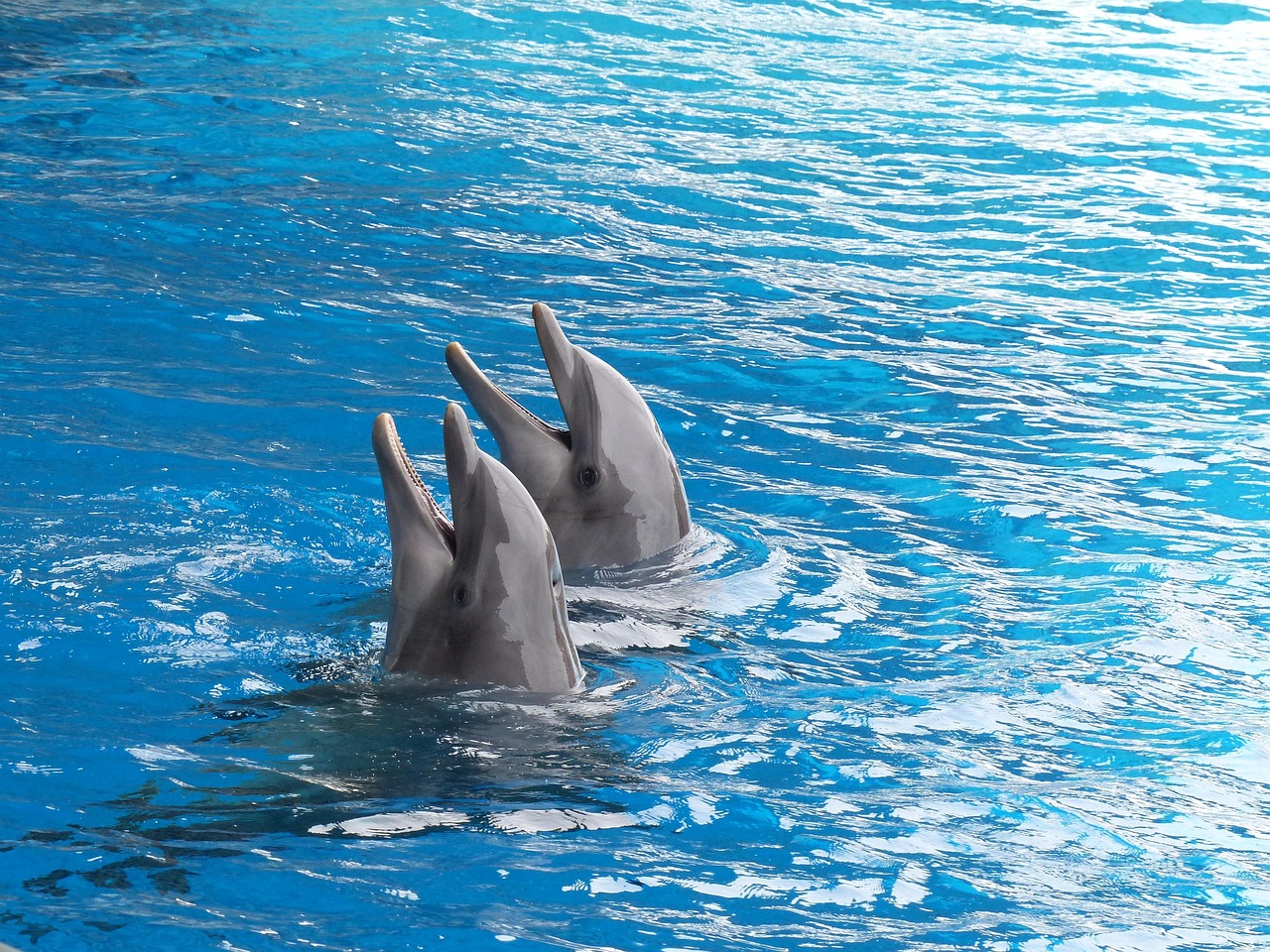
Galveston Bay represents one of America’s most industrialized estuaries, and dolphins here have developed remarkable vocal adaptations to navigate the acoustic challenges. The heavy shipping traffic and industrial activity have forced these dolphins to modify their communication patterns, potentially creating some of the most unique dialects in the United States.
Research suggests that dolphins in heavily trafficked waters like Galveston Bay may use different frequency ranges or timing patterns in their calls to avoid interference from boat engines and industrial noise. This adaptation demonstrates the incredible flexibility of dolphin communication systems and their ability to evolve new “dialects” in response to environmental changes.
Puget Sound, Washington: Pacific Northwest Precision
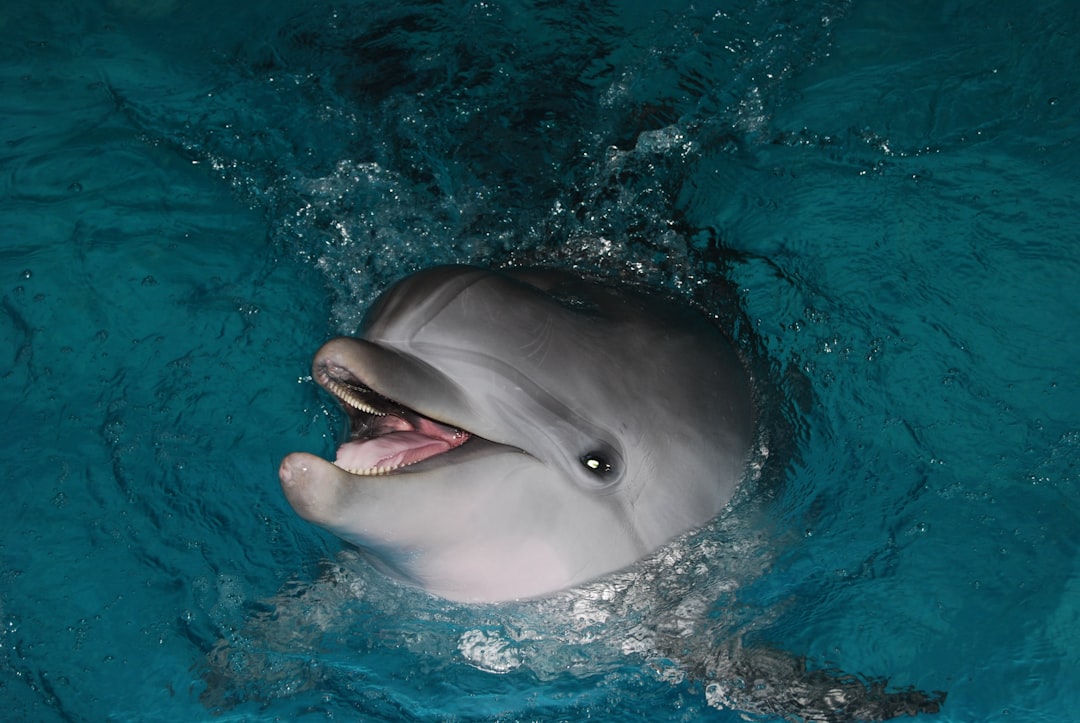
While not technically an estuary, Puget Sound’s complex system of inlets, bays, and channels creates estuary-like conditions, though dolphins are not regular residents and only occasionally visit these waters. Dolphins are on the move – warming ocean temperatures are pushing many of these marine mammals far north of their historic ranges. Now, a UNH-led breakthrough in underwater acoustic technology will help scientists to distinguish between similar-sounding cetacean calls as they expand their habitat due to climate change. A recent study focuses on two species of dolphins that have been heard in Alaska’s Bering and Chukchi seas in recent years, signifying their northward habitat expansion.
The Pacific Northwest’s unique acoustic environment, with its deep waters and complex underwater topography, has created some of the most sophisticated dolphin communication systems. These northern populations may represent the frontier of dolphin dialect evolution, as changing climate patterns bring new species and communication challenges to these waters.
Conclusion
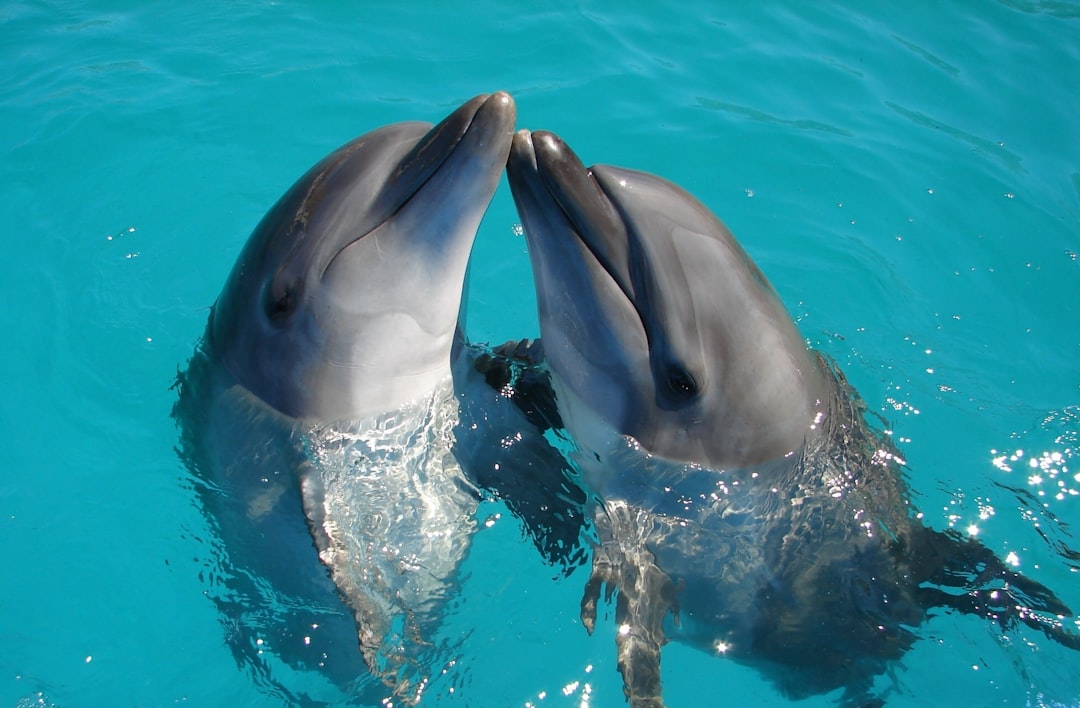
The discovery of dolphin dialects in America’s estuaries reveals something profound about the nature of intelligence and culture in the animal kingdom. We may never fully translate the poetry of dolphin speech, but what we do understand already transforms us. It shows us that language is not confined to human lips but is a universal tool life has shaped in wondrous ways. It reminds us that intelligence thrives in unexpected places, that other minds move alongside ours, and that listening deeply to the natural world is perhaps one of the greatest acts of science and of empathy.
These underwater conversations happening in our coastal waters represent millions of years of evolution creating something remarkably similar to human culture. Each time we protect these estuarine habitats, we’re not just preserving ecosystems, we’re safeguarding entire linguistic traditions that have developed over countless generations. What would you think if you could understand what they’re really saying to each other out there?

